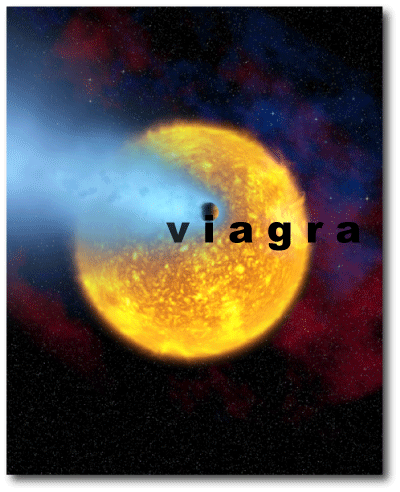
Visitors to oklo.org over the past several weeks have frequently been greeted with page loading from the 2400 baud era, or worse yet, with the dreaded grey and yellow “highload.html” page.
I’ve been fully distracted with other projects, and so I didn’t really give it much attention. In what’s best described as a case of wishful thinking, I chalked the slowdown to the traffic spike that came in when the anagram post got written up at the NY Times site.
Over the weekend, things suddenly got much worse. It was clear that something was wrong. A little digging revealed that the wordpress installation was out of date, and was being exploited to the hilt by link spammers. The normally lightfooted footer.php script in the themes directory was staggering under a 427 kB load of grungy links. Oklo dot org was under full scale assault by dreary robots with single minded enthusiasms for cia1is and satellite TV.
A complete reinstall seems to have fixed the problem. It’d be tragic if those evil robots win.
On a related note, it might be worthwhile to sift through all those CoRoT lightcurves for photometric banner ads. As Luc Arnold writes in the abstract for “Transit Lightcurve Signatures of Artifical Objects” (astro-ph/0503580):
The forthcoming space missions, able to detect Earth-like planets by the transit method, will a fortiori also be able to detect the transit of artificial planet-size objects. Multiple artificial objects would produce lightcurves easily distinguishable from natural transits. If only one artificial object transits, detecting its artificial nature becomes more difficult. We discuss the case of three different objects (triangle, 2-screen, louver-like 6-screen) and show that they have a transit lightcurve distinguishable from the transit of natural planets, either spherical or oblate, although an ambiguity with the transit of a ringed planet exists in some cases. We show that transits, especially in the case of multiple artificial objects, could be used for the emission of attention-getting signals, with a sky coverage comparable to the laser pulse method. The large number of expected planets (several hundreds) to be discovered by the transit method by next space missions will allow to test these ideas.

Another thing to fix… the links to the Systemic Console and the two expansion packs on the download page are broken.
Speaking of the Anagram, do you know when the news on that will be released?
And what about the HD 80606 b data?
I get excited, lol.
With respect to HD 80606b, our paper is under review. I’m hoping that the referee’s reports will get back to us soon…
With respect to the anagram, it’ll be as soon as I’m sure it’s correct!
Greg